Expensive windows are worth the extra cost if you prioritize long-term durability, maximum energy efficiency, or have a high-end home where quality matters for resale value. Premium windows ($800-$1,500 each) typically last 30-40 years vs. 15-20 years for budget options ($200-$400), offer better energy performance, and include superior warranties. However, mid-range windows ($400-$800) often provide the best value for most homeowners, delivering 80% of premium performance at 60% of the cost.
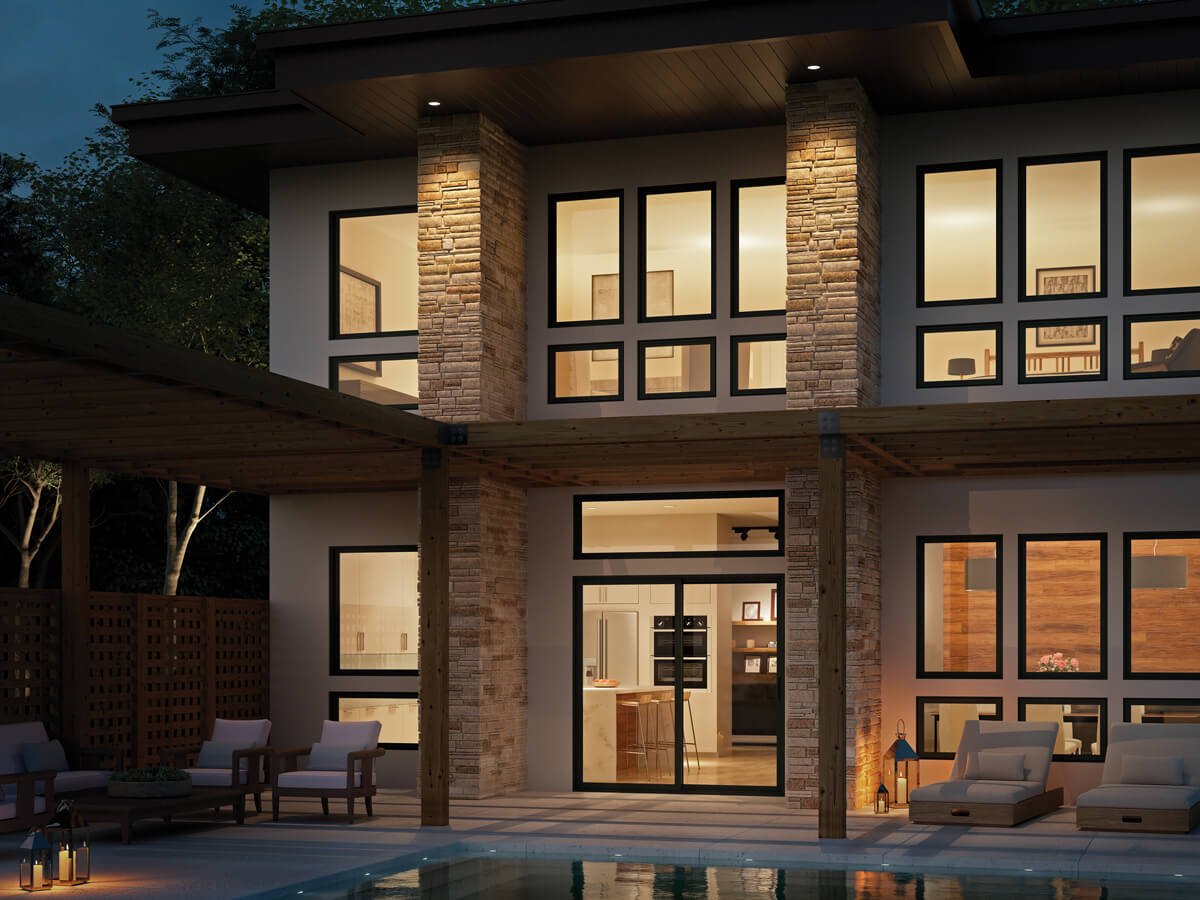
Defining Window Price Categories
Budget Windows ($200-$400 per window)
Typical characteristics:
- Basic vinyl frames with minimal features
- Standard double-pane glass
- Limited color and style options
- Basic hardware and weatherstripping
- Shorter warranties (5-10 years)
Common applications:
- Rental properties
- Flipped houses
- Budget-conscious homeowners
- Temporary or short-term solutions
- Homes in lower-value neighborhoods
Performance expectations:
- Adequate energy efficiency for basic needs
- Functional operation for 10-15 years
- Limited customization options
- Basic weather resistance
- Minimal sound reduction
Mid-Range Windows ($400-$800 per window)
Enhanced features:
- Quality vinyl or basic fiberglass frames
- Low-E glass coatings and argon gas fills
- Multiple color and style choices
- Better hardware and weatherstripping systems
- Improved warranties (10-20 years)
Value proposition:
- Significantly better energy performance
- Enhanced durability and longevity
- More attractive appearance options
- Better operation and functionality
- Good balance of cost and performance
Typical buyers:
- Most residential homeowners
- Move-up buyers seeking quality
- Energy-conscious consumers
- Long-term homeowners
- Quality-focused renovations
Premium Windows ($800-$1,500+ per window)
High-end characteristics:
- Fiberglass, wood, or premium vinyl frames
- Triple-pane glass with advanced coatings
- Extensive customization options
- Superior hardware and operation systems
- Comprehensive warranties (20-30+ years)
Advanced features:
- Maximum energy efficiency ratings
- Enhanced security features
- Superior sound reduction
- Custom colors and finishes
- Architectural design elements
Target markets:
- Luxury homes and neighborhoods
- Energy-conscious premium buyers
- Historic restoration projects
- Extreme climate applications
- Long-term investment properties
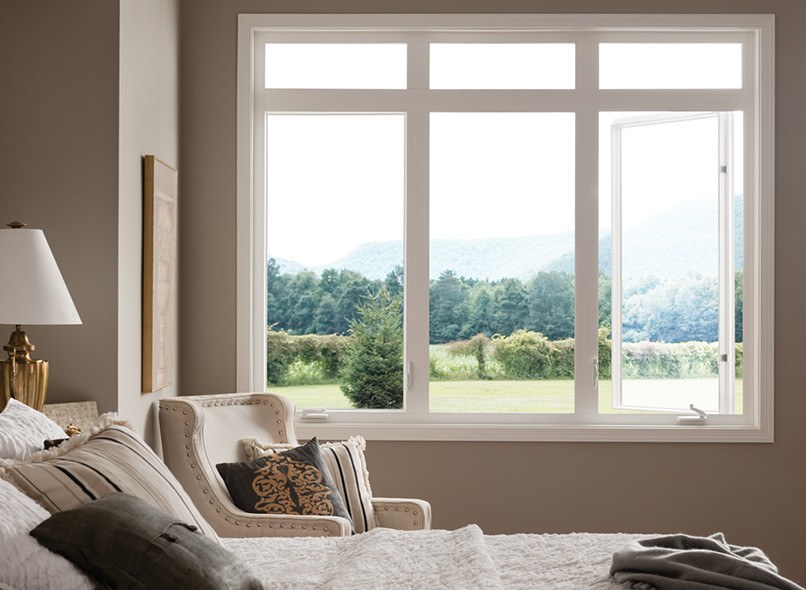
Performance Differences Analysis
Energy Efficiency Comparison
Budget window performance:
- U-Factor: 0.35-0.45 (adequate insulation)
- SHGC: 0.25-0.35 (basic solar control)
- Air leakage: 0.30-0.50 cfm/sq ft
- Annual energy costs: Baseline comparison
Mid-range window performance:
- U-Factor: 0.25-0.35 (good insulation)
- SHGC: 0.20-0.30 (improved solar control)
- Air leakage: 0.20-0.30 cfm/sq ft
- Annual energy savings: 15-25% vs. budget
Premium window performance:
- U-Factor: 0.15-0.25 (excellent insulation)
- SHGC: 0.15-0.25 (maximum solar control)
- Air leakage: 0.10-0.20 cfm/sq ft
- Annual energy savings: 25-40% vs. budget
Durability and Longevity
Expected lifespan by category:
- Budget windows: 10-15 years before replacement needed
- Mid-range windows: 15-25 years with proper maintenance
- Premium windows: 25-40 years with minimal maintenance
Maintenance requirements:
- Budget: More frequent repairs and adjustments
- Mid-range: Moderate maintenance needs
- Premium: Minimal maintenance requirements
Warranty coverage comparison:
- Budget: Limited coverage, shorter terms
- Mid-range: Comprehensive coverage, reasonable terms
- Premium: Extensive coverage, lifetime options
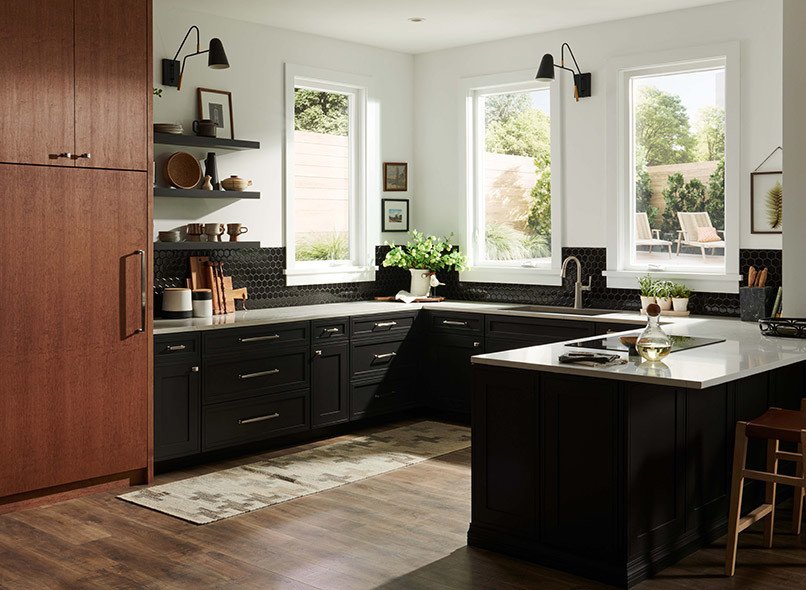
Cost-Benefit Analysis Over Time
Initial Investment vs. Long-Term Value
Total cost of ownership (20-year analysis):
Budget windows example:
- Initial cost: $6,000 (15 windows)
- Replacement needed at year 12: $8,000
- Higher energy costs: $3,000 over 20 years
- Total 20-year cost: $17,000
Mid-range windows example:
- Initial cost: $9,000 (15 windows)
- No replacement needed in 20 years
- Moderate energy costs: $1,500 over 20 years
- Total 20-year cost: $10,500
Premium windows example:
- Initial cost: $15,000 (15 windows)
- No replacement needed in 20 years
- Lowest energy costs: $500 over 20 years
- Total 20-year cost: $15,500
Energy Savings Calculations
Annual savings comparison (average home):
- Mid-range vs. budget: $200-$400 annually
- Premium vs. budget: $350-$600 annually
- Premium vs. mid-range: $150-$250 annually
Payback period analysis:
- Mid-range upgrade: 7-15 years payback
- Premium upgrade: 12-20 years payback
- Climate impact on payback timing
Regional variations:
- Cold climates: Higher savings from premium windows
- Hot climates: Significant cooling cost reductions
- Moderate climates: Smaller but consistent savings
- Utility costs affect payback calculations
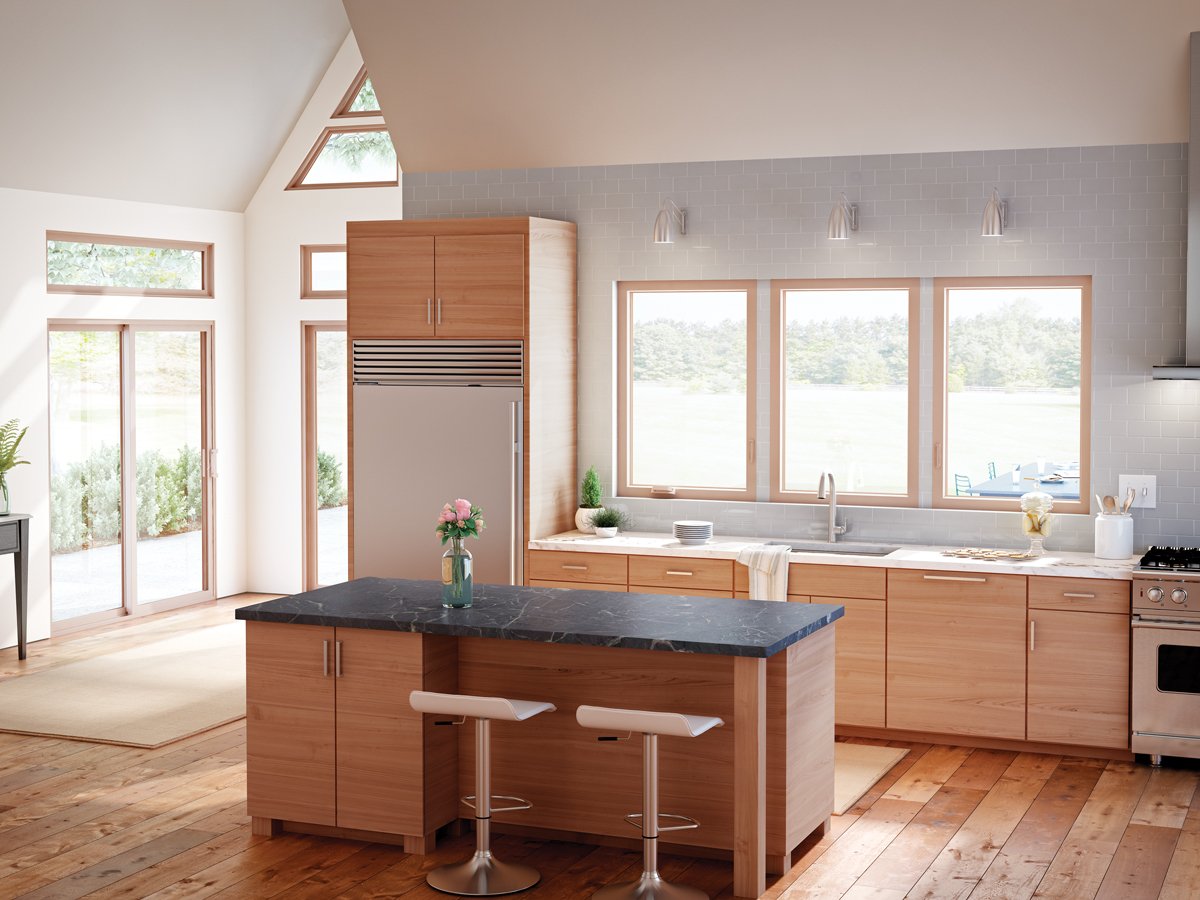
Quality Differences That Matter
Frame Construction and Materials
Budget window construction:
- Thinner frame walls and profiles
- Fewer internal chambers for insulation
- Basic corner welding and assembly
- Standard hardware and operation systems
- Limited reinforcement for larger sizes
Premium window construction:
- Thick, multi-chamber frame designs
- Advanced material formulations
- Precision manufacturing and assembly
- High-quality hardware and mechanisms
- Structural reinforcement for all sizes
Glass Technology Differences
Basic glass packages:
- Standard double-pane construction
- Basic Low-E coatings
- Air or argon gas fills
- Standard spacer systems
- Limited customization options
Premium glass technology:
- Triple-pane configurations available
- Advanced Low-E coating systems
- Krypton or vacuum insulation
- Warm-edge spacer technology
- Custom performance optimization
Hardware and Operation Quality
Budget hardware characteristics:
- Basic operation mechanisms
- Standard weatherstripping materials
- Limited adjustment capabilities
- Shorter expected service life
- Basic security features
Premium hardware features:
- Precision-engineered mechanisms
- Advanced weatherstripping systems
- Multiple adjustment points
- Extended service life expectancy
- Enhanced security options
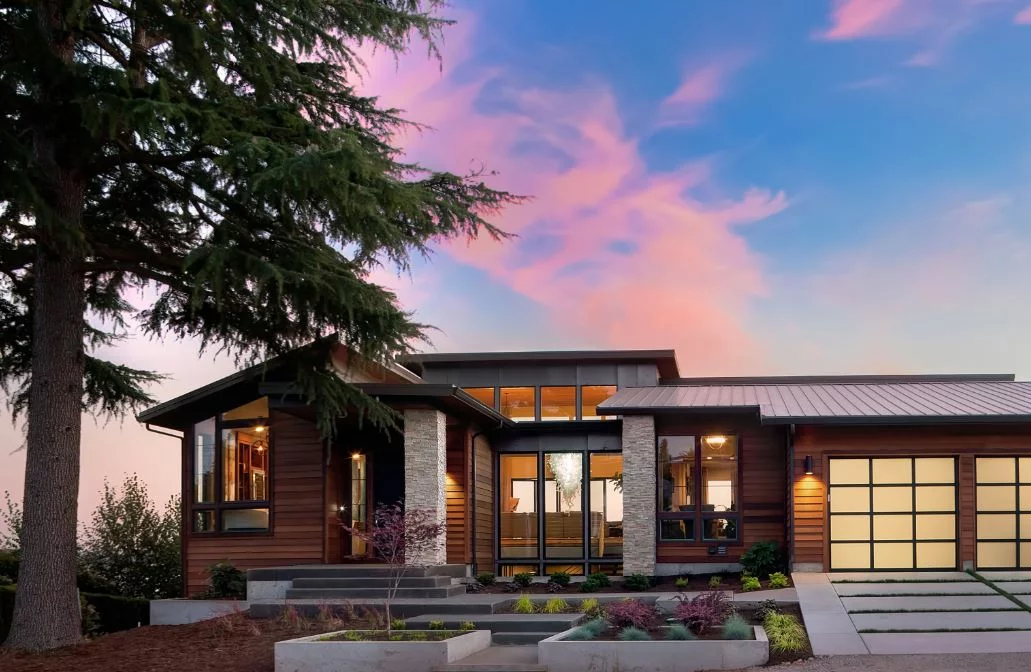
When Premium Windows Make Sense
High-End Home Applications
Luxury market expectations:
- Premium materials expected at higher price points
- Architectural details and customization important
- Energy efficiency as standard feature
- Long-term durability and low maintenance
- Comprehensive warranty coverage
Resale value considerations:
- Premium windows add significant value in luxury markets
- Quality expected by discriminating buyers
- Energy efficiency increasingly important
- Maintenance-free features valued
- Brand recognition and reputation matter
Extreme Climate Conditions
Cold climate benefits:
- Maximum insulation prevents heat loss
- Reduced condensation and frost problems
- Lower heating costs in extreme cold
- Improved comfort near windows
- Prevention of ice dam formation
Hot climate advantages:
- Superior solar heat rejection
- Reduced cooling costs in extreme heat
- UV protection for interior furnishings
- Improved comfort in sun-exposed areas
- Reduced HVAC system strain
Long-Term Homeownership
When premium investment pays off:
- Planning to stay in home 15+ years
- Desire for minimal maintenance
- Energy cost concerns over time
- Comfort and quality of life priorities
- Environmental responsibility goals
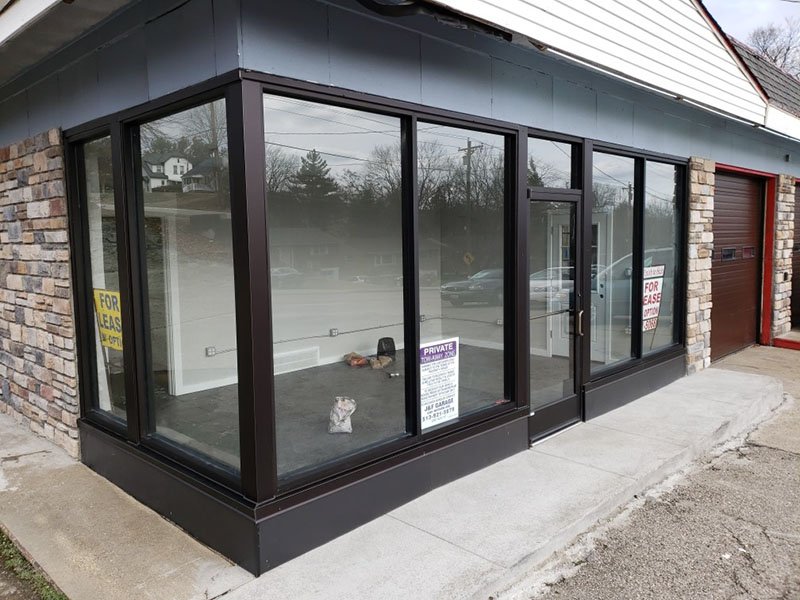
When Mid-Range Windows Are the Sweet Spot
Best Value Proposition
Mid-range advantages:
- 80% of premium performance at 60% of cost
- Significant upgrade from budget options
- Good warranty coverage and support
- Wide selection of styles and colors
- Proven long-term reliability
Ideal applications:
- Most residential replacement projects
- Energy-conscious homeowners
- Quality-focused renovations
- Standard to upper-middle market homes
- Long-term but not permanent homeownership
Cost-Effectiveness Analysis
Value optimization factors:
- Diminishing returns above mid-range pricing
- Energy savings justify investment
- Durability improvements worth extra cost
- Warranty coverage provides security
- Resale value enhancement reasonable
Market research findings:
- Most contractors recommend mid-range for value
- Highest customer satisfaction ratings
- Best balance of features and cost
- Strong performance in independent testing
- Good availability and service support
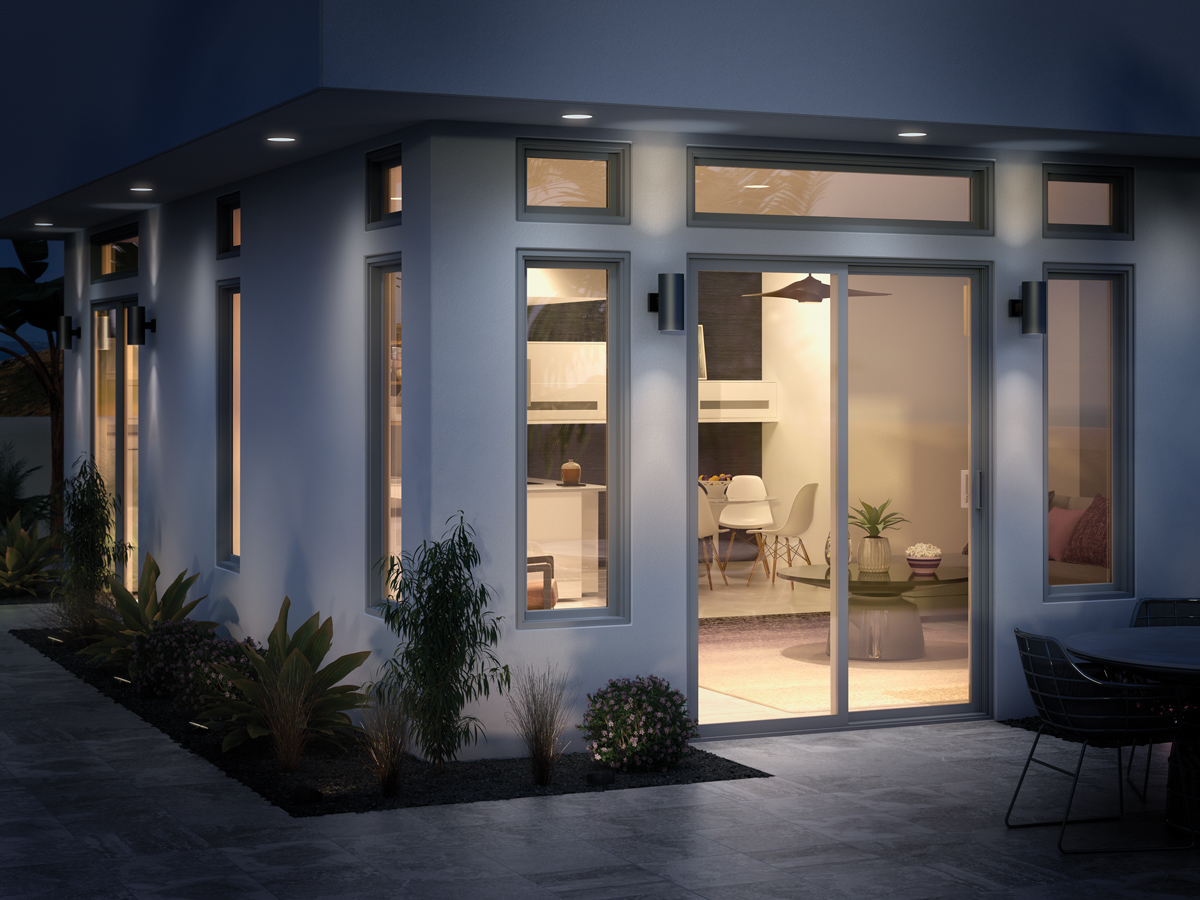
Factors to Consider in Your Decision
Home Value and Market Position
Matching windows to home value:
- Avoid over-improving for neighborhood
- Consider buyer expectations at your price point
- Balance quality with total home investment
- Evaluate resale impact of window choice
- Match materials to home’s architectural style
Market positioning strategy:
- Entry-level homes: Mid-range windows often sufficient
- Move-up market: Premium features increasingly expected
- Luxury market: High-end windows often required
- Investment properties: Balance quality with ROI
Personal Priorities and Lifestyle
Quality of life factors:
- Comfort near windows important to you
- Energy cost sensitivity
- Maintenance time and effort preferences
- Environmental responsibility priorities
- Long-term vs. short-term thinking
Decision-making criteria:
- Budget constraints and financing options
- Timeline for staying in home
- Climate and energy cost factors
- Personal standards for quality
- Risk tolerance for future problems
Professional Recommendations
Industry expert guidance:
- Contractor experience with different price points
- Manufacturer recommendations for applications
- Energy auditor assessments of needs
- Real estate professional market insights
- Independent testing and rating organizations
Getting objective advice:
- Multiple contractor opinions
- Energy efficiency program recommendations
- Consumer rating organization reports
- Long-term homeowner experiences
- Independent performance testing results
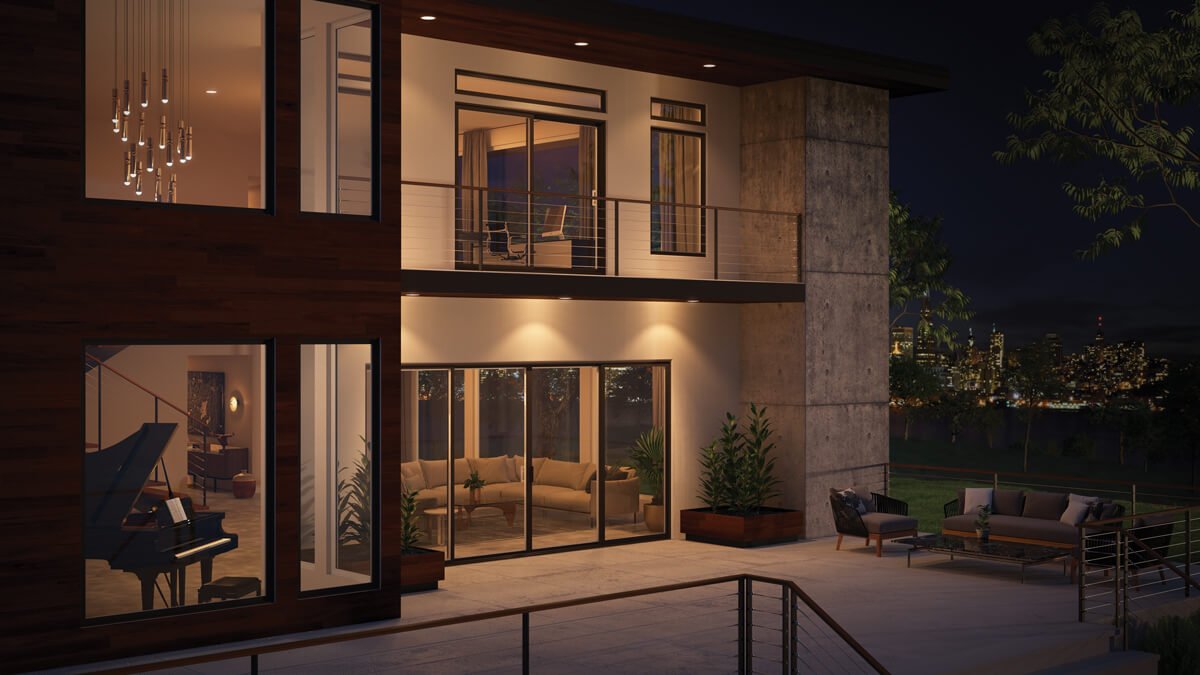
Making the Right Investment Decision
Budget Allocation Strategy
Determining appropriate investment level:
- Total home improvement budget
- Window replacement as percentage of home value
- Financing options and monthly payment comfort
- Other competing home improvement needs
- Timeline for return on investment
Cost optimization approaches:
- Focus premium features on most important areas
- Consider selective upgrades rather than all-or-nothing
- Evaluate energy rebates and tax incentives
- Compare total cost of ownership models
- Factor in maintenance and replacement costs
Quality Assurance Considerations
Ensuring value regardless of price point:
- Professional installation critical at all levels
- Manufacturer reputation and support
- Warranty coverage and claim history
- Local dealer service and support
- Product testing and certification standards
Avoiding common mistakes:
- Don’t assume highest price equals best value
- Consider total cost including installation
- Evaluate warranty terms carefully
- Research manufacturer stability and support
- Get multiple professional opinions
Long-Term Satisfaction Factors
Elements contributing to satisfaction:
- Performance meeting or exceeding expectations
- Durability matching promised lifespan
- Energy savings realizing projected benefits
- Aesthetic appeal maintaining over time
- Service support available when needed
Minimizing regret potential:
- Thorough research before purchasing
- Clear understanding of performance expectations
- Realistic assessment of personal priorities
- Professional guidance throughout process
- Quality installation regardless of product choice
The Bottom Line
Expensive windows can be worth the extra money, but the best choice depends on your specific situation, home, and priorities. Premium windows excel in luxury homes, extreme climates, and long-term ownership scenarios where maximum performance and minimal maintenance justify higher costs.
For most homeowners, mid-range windows provide the best value proposition, delivering significant performance improvements over budget options while avoiding the premium pricing of top-tier products. The key is matching window quality and features to your specific needs, budget, and expected length of homeownership.
Consider total cost of ownership rather than just initial price, including energy savings, maintenance costs, and expected lifespan. Factor in your home’s value, local market expectations, and personal priorities for comfort, energy efficiency, and maintenance requirements.
Work with experienced professionals who can help you evaluate options objectively and recommend appropriate quality levels for your situation. Remember that proper installation is critical regardless of window price, so invest in qualified contractors who will maximize the performance of whatever windows you choose.
At Utah Window Experts, we offer windows across all price ranges and help homeowners select the right quality level for their specific needs and budget. Our experienced team provides honest guidance about when premium features provide real value and when mid-range options deliver the best long-term satisfaction and performance.